The Black Mouth Cur is a distinctive and versatile breed renowned for its exceptional skills as a working dog and its loyal companionship. Originating from …
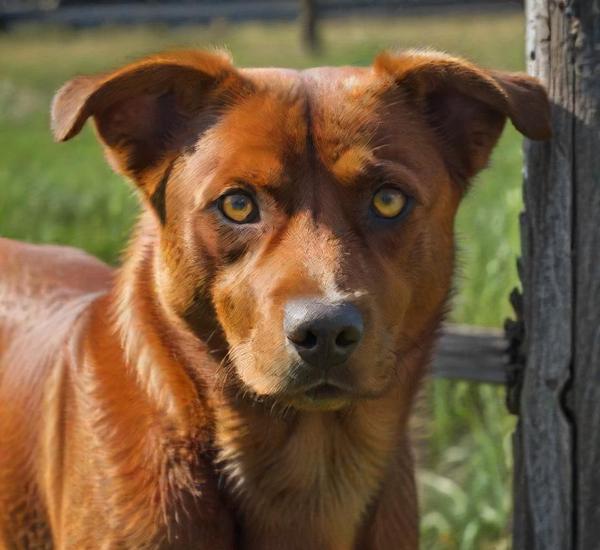
Happy Paws: All About Dogs

The Black Mouth Cur is a distinctive and versatile breed renowned for its exceptional skills as a working dog and its loyal companionship. Originating from …
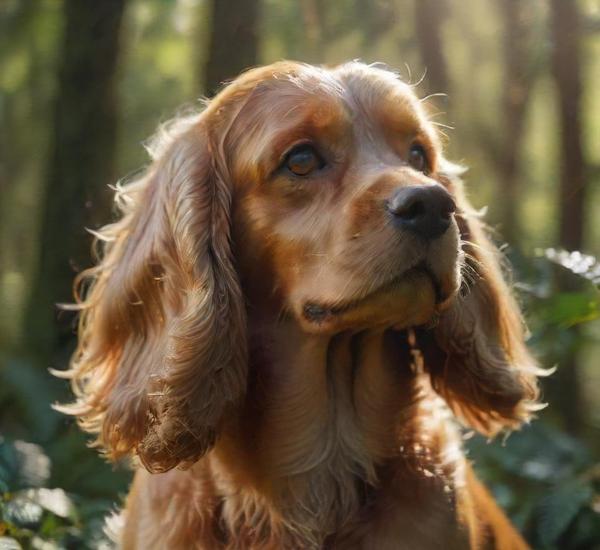
The American Cocker Spaniel, a breed celebrated for its expressive eyes and graceful demeanor, has long captured the hearts of dog lovers across the United …
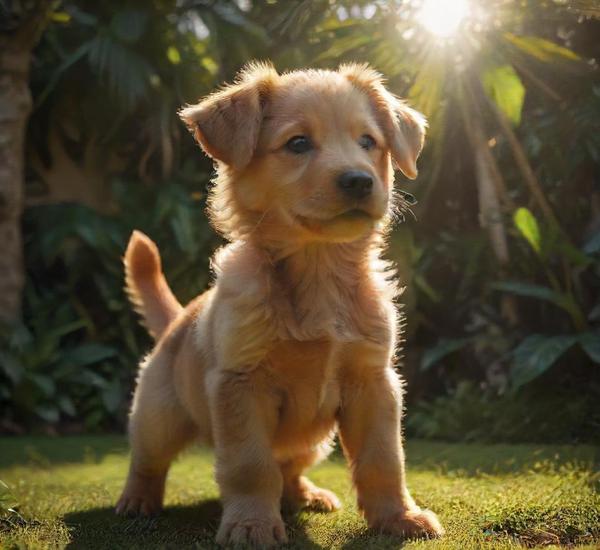
The Calupoh, a distinctive and rare breed with deep historical roots, is an ancient Mexican dog whose name translates to “wolf dog” in the native …
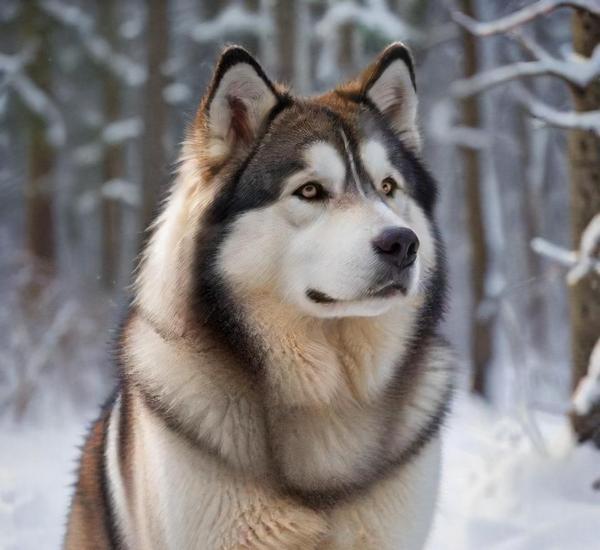
The Alaskan Malamute, a majestic and powerful breed, embodies the spirit of the rugged Alaskan wilderness from which it hails. Known for their impressive strength, …
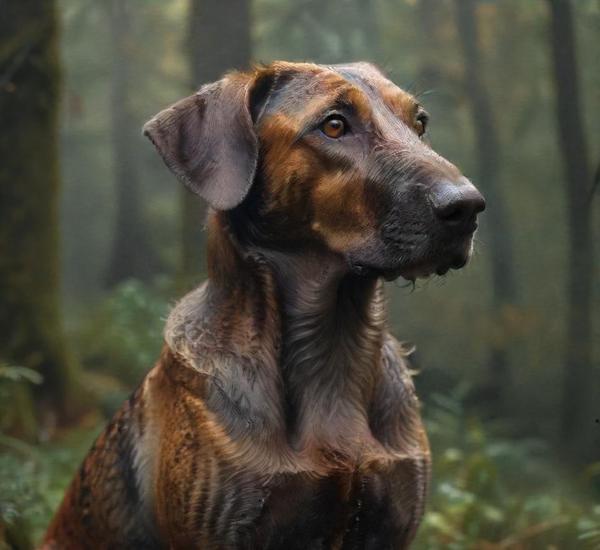
The Plott Hound, a distinguished and versatile breed, stands out for its remarkable blend of strength, agility, and determination. Originating from the rugged mountains of …
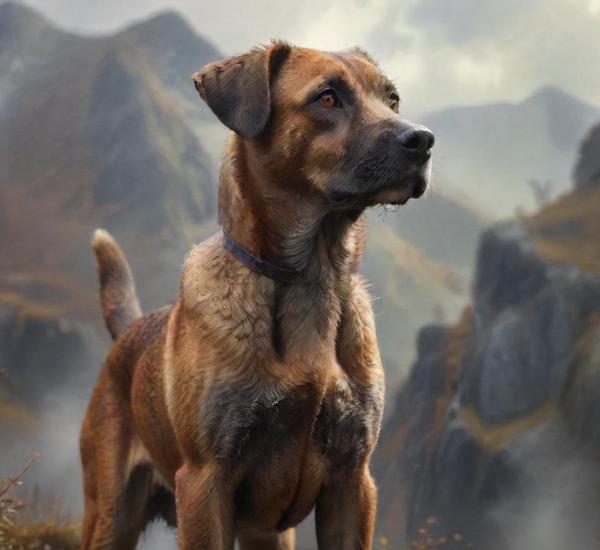
The Mountain Cur is a remarkable breed known for its versatility and tenacity, embodying the spirit of the American frontier with its storied history and …

The Alaskan Husky, often mistaken for the more famous Siberian Husky, is a remarkable breed known for its exceptional endurance and versatility. Originating from the …
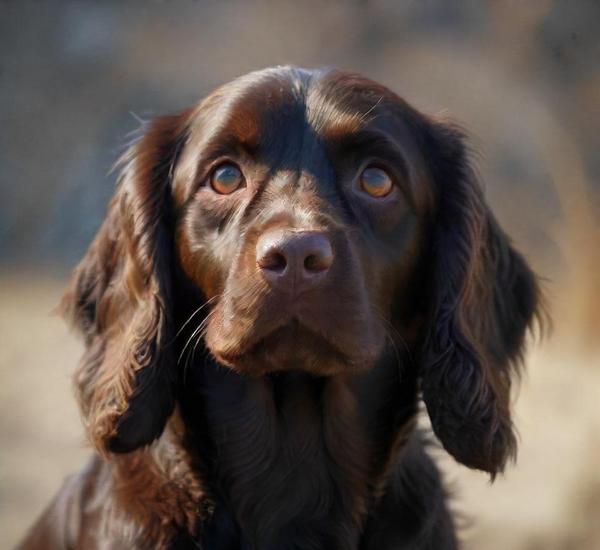
The Boykin Spaniel, a charming and versatile breed, is celebrated for its friendly demeanor and exceptional hunting skills. Originating from South Carolina in the early …

The Bluetick Coonhound is a distinctive breed known for its striking appearance and relentless hunting prowess. With its characteristic blue-ticked coat and a deep, melodious …
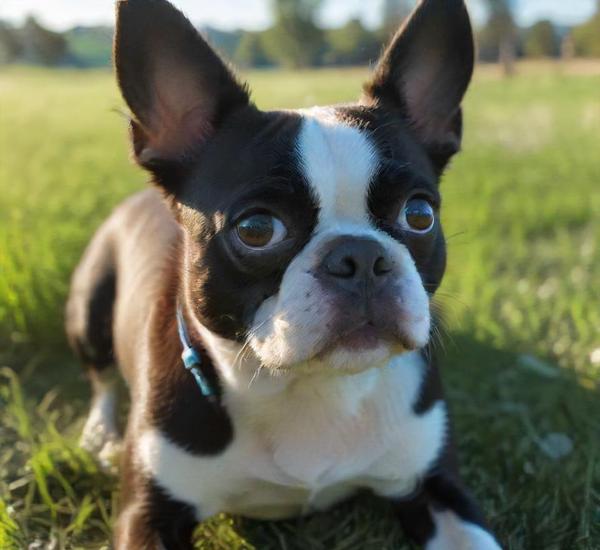
Boston Terriers, often affectionately known as the American Gentleman due to their tuxedo-like markings and poised demeanor, are a beloved breed renowned for their charm …